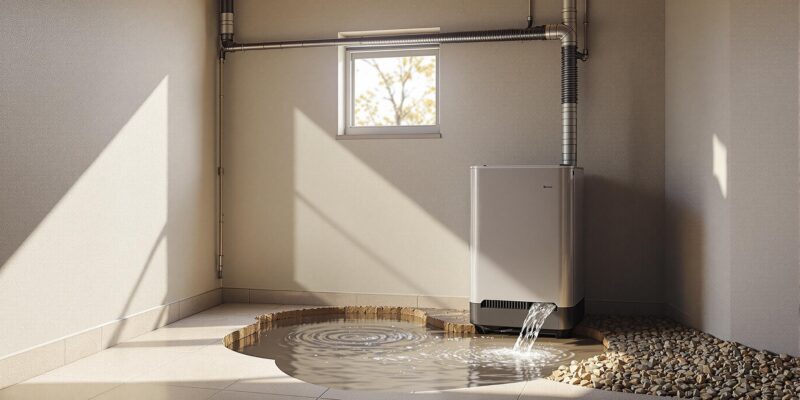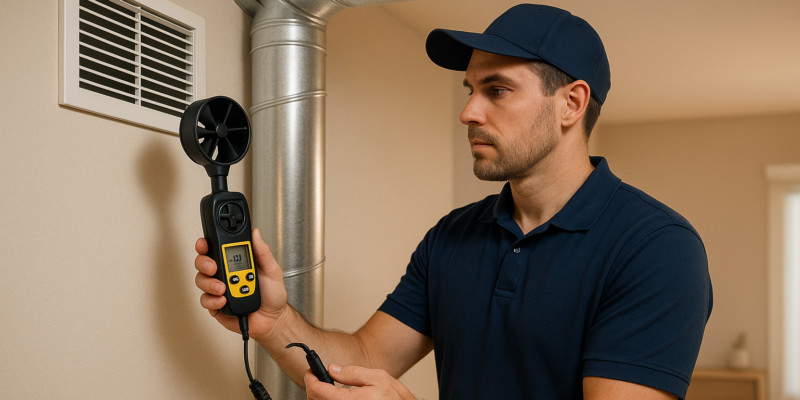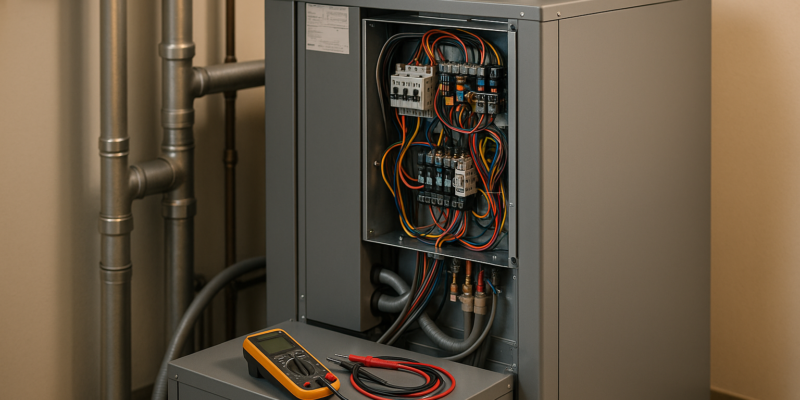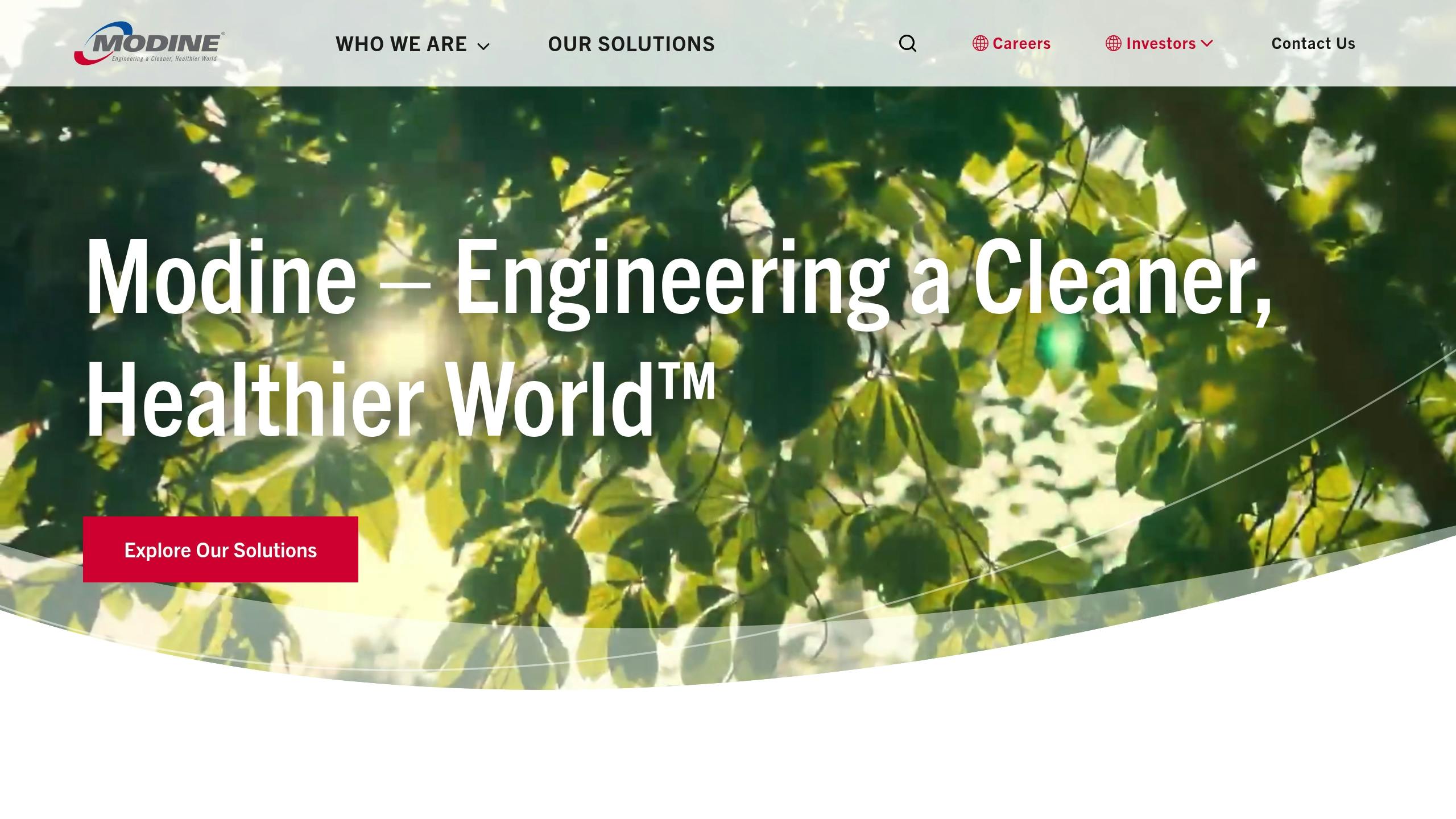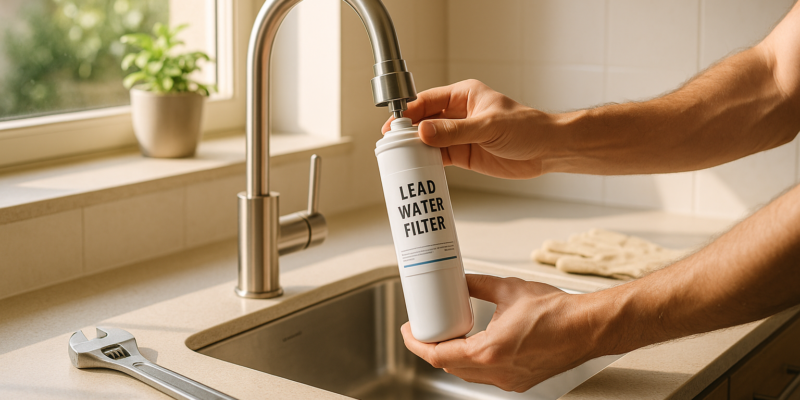How Electrostatic Air Filters Work
Electrostatic air filters clean indoor air by using static electricity to trap particles like dust, pollen, and pet dander. Here’s why they stand out:
- Reusable and Cost-Effective: Washable filters save money over time by reducing replacement costs.
- Eco-Friendly: Less waste compared to disposable filters.
- Efficient Filtration: Captures allergens without blocking airflow, keeping HVAC systems running smoothly.
- Low Maintenance: Regular cleaning keeps them effective for years.
| Feature | Electrostatic Filter | Disposable Filter |
|---|---|---|
| Lifespan | Long-lasting with cleaning | Frequent replacements |
| Cost | One-time purchase | Ongoing expenses |
| Environmental Impact | Low waste | High waste |
| Maintenance | Requires cleaning | Regular disposal |
These filters are a smart choice for improving air quality while saving money and reducing waste.
How do Electrostatic Air Filters work?
How Electrostatic Filtration Works
Electrostatic air filters rely on static electricity to trap airborne particles.
How Particles Are Captured
When air flows through the filter, particles like dust, pet dander, and pollen pick up an electric charge. These charged particles stick to surfaces within the filter that have an opposite charge, effectively removing them from the air. The airflow itself keeps this process going.
Generating Static Electricity
The movement of air through the filter creates static electricity as it rubs against the filter’s layers. This natural friction keeps the filter working efficiently, charging and trapping particles – all without needing an external power source.
Main Advantages of Electrostatic Filters
Electrostatic filters offer practical benefits that improve performance and help cut costs over time, thanks to their efficient filtration system.
Washable and Budget-Friendly
One standout feature of electrostatic filters is that they’re washable and reusable. While the upfront cost might be higher than traditional filters, you’ll save money in the long run by avoiding constant replacements.
Effective Filtration Without Compromising Airflow
These filters use static charge to trap tiny particles while maintaining strong airflow. This balance keeps HVAC systems running efficiently, ensures stable indoor temperatures, and reduces wear on your equipment.
Lower Energy Use and Less Waste
Because they’re reusable, electrostatic filters significantly cut down on waste. Plus, their ability to maintain airflow can help reduce energy consumption, which is better for both your wallet and the environment.
| Feature | Electrostatic Filter | Traditional Disposable Filter |
|---|---|---|
| Lifespan | Lasts for years with proper cleaning | Needs frequent replacement |
| Replacement Costs | One-time purchase, minimal upkeep | Ongoing expenses |
| Environmental Impact | Minimal waste | High waste generation |
| Maintenance | Requires regular cleaning | Regular disposal and repurchasing |
These advantages highlight why electrostatic filters are a practical investment. Next, we’ll explore how to maintain them for optimal performance.
Filter Maintenance Guide
Keeping your filter in good shape is simple and ensures it works efficiently. Regular care helps it perform better, last longer, and maintain proper airflow in your HVAC system.
Cleaning Schedule
Check your filter often for dust buildup. How frequently you need to clean it depends on your environment and usage. Follow the manufacturer’s guidelines and clean it when you notice significant dust accumulation.
Cleaning Instructions
- Turn off your HVAC system before starting.
- How to Clean
Use a vacuum to gently remove loose debris. Then wash the filter with warm water and mild soap. Avoid using harsh chemicals, as they can damage the filter’s electrostatic properties.
Performance Checks
After cleaning, take a moment to ensure everything is working as it should:
- Visual Inspection: Look for even dust collection and make sure there’s no heavy buildup.
- Air Quality Monitoring: Pay attention to any signs like increased dust in the air or strange odors.
If cleaning doesn’t bring the filter back to full performance or you notice any damage, it’s time to replace it.
Conclusion
Why Choose Electrostatic Filters?
Electrostatic filters use static electricity to trap particles, helping maintain clean indoor air. Their washable feature not only saves money but also reduces waste, all while supporting efficient HVAC performance.
Here’s what they offer:
- Long-term savings
- Reliable particle removal
- Less waste and more eco-friendly
- Steady airflow
- Low upkeep needs
Get in Touch with Hydrodynamics
Looking to improve your indoor air quality? Hydrodynamics Inc. is here to help.
With over 29 years of experience, their EPA 609 Certified Technicians specialize in installing and maintaining electrostatic filters across Northeastern Pennsylvania. Whether for homes, businesses, or industrial spaces, they ensure your HVAC system runs at its best.
Visit dynamichvacpa.com to book a service and boost your HVAC efficiency today.
FAQs
How often should I clean my electrostatic air filter to keep it working effectively?
To maintain the effectiveness of your electrostatic air filter, it’s recommended to clean it every 1 to 3 months, depending on factors like indoor air quality, the presence of pets, or the frequency of HVAC system use. Regular cleaning helps ensure the filter continues to trap allergens, dust, and other particulates efficiently.
To clean the filter, simply rinse it with water and let it dry completely before reinstalling it. If your household has higher levels of dust or allergens, you may need to clean the filter more frequently. Always refer to the manufacturer’s guidelines for specific cleaning instructions.
Are electrostatic air filters compatible with all HVAC systems?
Electrostatic air filters are generally compatible with most HVAC systems, but it’s important to confirm their suitability for your specific system. These filters work by using static electricity to trap dust, allergens, and other particles, which can improve indoor air quality. However, compatibility may depend on factors like the size of the filter and your HVAC system’s airflow requirements.
To ensure proper fit and performance, consult your HVAC system’s manual or reach out to a professional service provider, such as Hydrodynamics Inc., for guidance. Regular maintenance and cleaning of electrostatic filters are also essential to keep them functioning effectively.
How can I tell if my electrostatic air filter needs to be replaced instead of just cleaned?
Electrostatic air filters are designed to be reusable and typically only need cleaning, but there are a few signs that may indicate it’s time for a replacement:
- Physical damage: If the filter has tears, cracks, or warped frames, it may no longer function effectively.
- Reduced performance: If cleaning no longer improves airflow or the filter struggles to trap dust and allergens, it could be worn out.
- Age of the filter: While these filters are long-lasting, excessive wear over many years may reduce their efficiency.
If you’re unsure, a professional inspection can help determine whether cleaning or replacement is the best option to maintain your indoor air quality.


